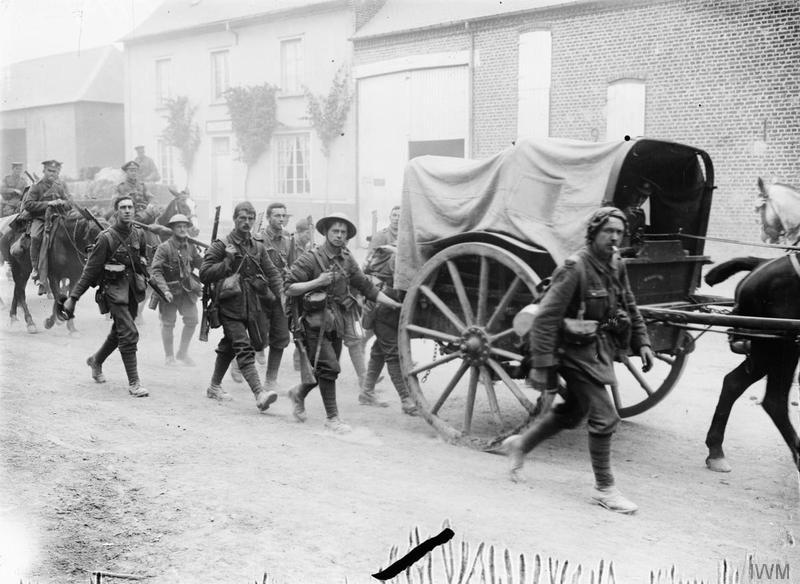
The instrumental piece ‘Banks of Green Willow’ is a very beautiful melody written by George Butterfield. It seems to capture the delight of sitting by a stream on a balmy summer’s day with only the rustling of the lance-shaped leaves in a gentle breeze to break the silence. It sounds so typical of the sort of melodies written in the 1920s that it is surprising to learn that it was composed in 1913. The picture above, ‘By Ernest Brooks-http://media.iwm.org.uk/iwm/m, shows some men of the East Yorkshire Regiment moving up to the front near the R. Somme in 1916. George Butterworth, assigned to the Durham Regiment, was killed at the Battle of the Somme in 1916. His body was never recovered. ‘Banks of Green Willow’ was apparently based on a Sussex folk song which told the story of a farmer’s daughter who ran away to sea to be with a sea captain but who became fatally ill in child birth and who asked to be thrown overboard with the infant, which was duly done.
There are many varieties of willow trees and bushes. Perhaps the best known are; crack willow, which was often pollarded to provide sticks for wattle fencing, grey willows, pussy willows, white willows (s.p.b.) and weeping willows. Species of willow with lance-shaped leaves are known as osiers, those with the rounded leaves sallows. Barrow on Humber (s.p.b.) used to have many ‘osier beds’.